Male harems: how it was (16 photos)
Many people have heard about female harems, but practically nothing about male ones. In this post you will learn a little about male harems and how their inhabitants lived. 
The world is well aware of the practice of female harems, when from several dozen to several thousand concubines lived at the court of a powerful sultan or emperor. Some of them became, although not the only ones, legal spouses of the ruler with all the ensuing rights and responsibilities. 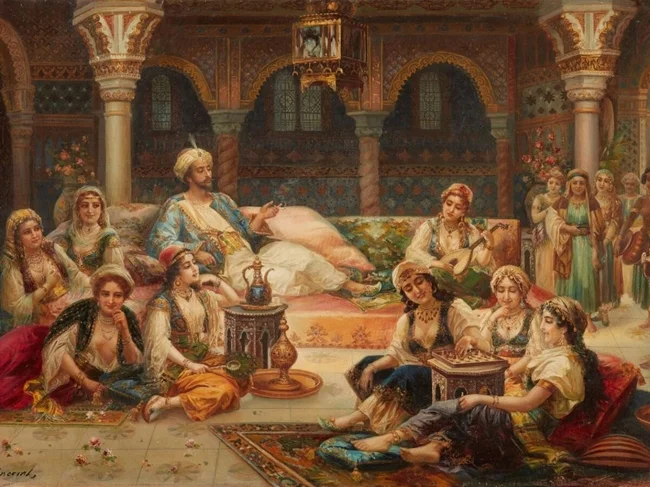
Khan's harem
Others remained in the status of mistresses until the end of their days, and their only purpose was carnal pleasures. The ruler might not even get around to the third ones - there were too many concubines in the harem and too little free time, which first of all needed to be devoted to legal wives. 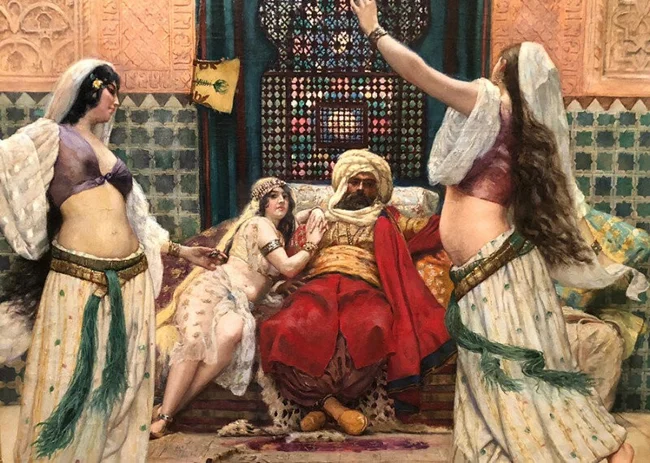
Caliph's Harem
In general, such a phenomenon as a female harem has not been something surprising for a long time. In fact, even in some countries of the modern world, polygamy is allowed, according to which a man can marry as many times as he can feed and provide for women. Facts about female harems appear more than once in history; female harems are mentioned in fiction and cinema; Many people know about women's harems...unlike men's. 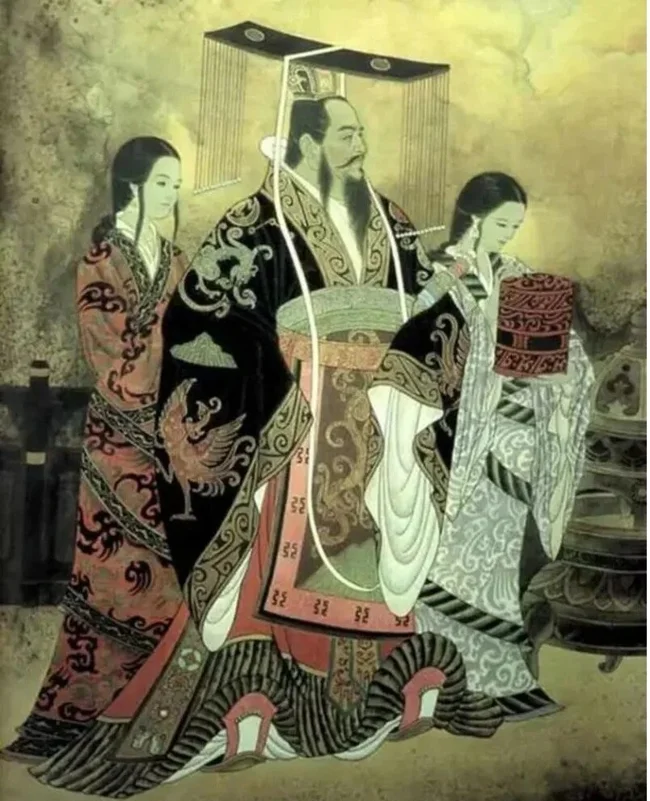
Harem of the Chinese Emperor
In some cultures of the past, male harems also took place. The practice of polyandry (it sounds so-so, of course, but that’s how it is) existed in South America, India, Nepal, Malaysia, Tibet and in some African tribes. However, there was one fundamental difference between female and male harems. 
Women's harems, most often, existed for the amusement of the ruler, who wanted to have as many beautiful women as possible at his disposal. It was extremely rare that female harems were of any practical nature: for example, if the ruler’s wife was unable to get pregnant, and an heir was needed, then one of the concubines could give birth to him. 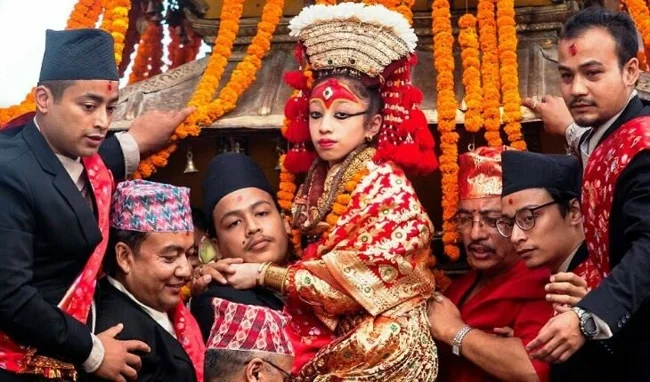
Polyandry in India
But male harems were considered not a whim, but a real necessity. Scientists have found that in nature, females who mate with many males have more viable offspring. The cubs were born larger and healthier, developed faster, did not get sick and lived longer. Therefore, if a woman wanted to have healthy, strong and strong children who could continue the family in the future, she needed to have two or more husbands next to her. And, by the way, this form of marriage, scientifically speaking, is called polyandry. 
Polyandry in Nepal
There are two types of polyandry - related and unrelated. Kinship polyandry was most often found in poor families, and in order not to share the already meager property, the brothers married the same and, most often, wealthy woman. Such a marriage allowed the brothers to remain living in the same house, keep the land and manage the household together. 
Polyandry in Tibet
Unrelated polyandry, as the name suggests, refers to men who were complete strangers, whose only unifying factor was the woman they married. Most often, this woman also had a high social status and had a good position in society, which means that she herself chose her husbands and determined their number. Men in such a family shared among themselves not only household responsibilities, but also the priority of access to their wife’s body. 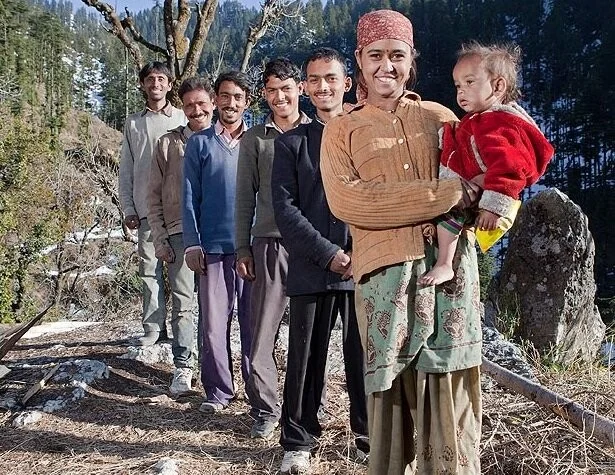
Polyandry among the inhabitants of the Himalayas
Typically, polyandry forced a woman to perform her marital duties every night, or even several times a night. Therefore, quite a lot of children were born in such marriages. And, by the way, children were considered common and were raised by all family members, since it was not possible to find out who exactly was the father of a particular child in those days. Today there is a life-saving DNA test, but then all the children were common, which means they were related. 
Polyandry among the Trobriand Islanders
So, we've sorted out the polyandry, let's move on. Male harems as a phenomenon emerged in Ancient Sumer, although not in a very positive context. According to the decree of the Lagash ensi Uruinimgina, women were strictly forbidden to have several husbands. Otherwise, they would face punishment in the form of stoning. However, at the same time, in the ancient epic Mahabharata, sacred to Hindus, there is at least one example of a mention of polyandry, when Draupadi was married to five brothers from the Pandava clan. 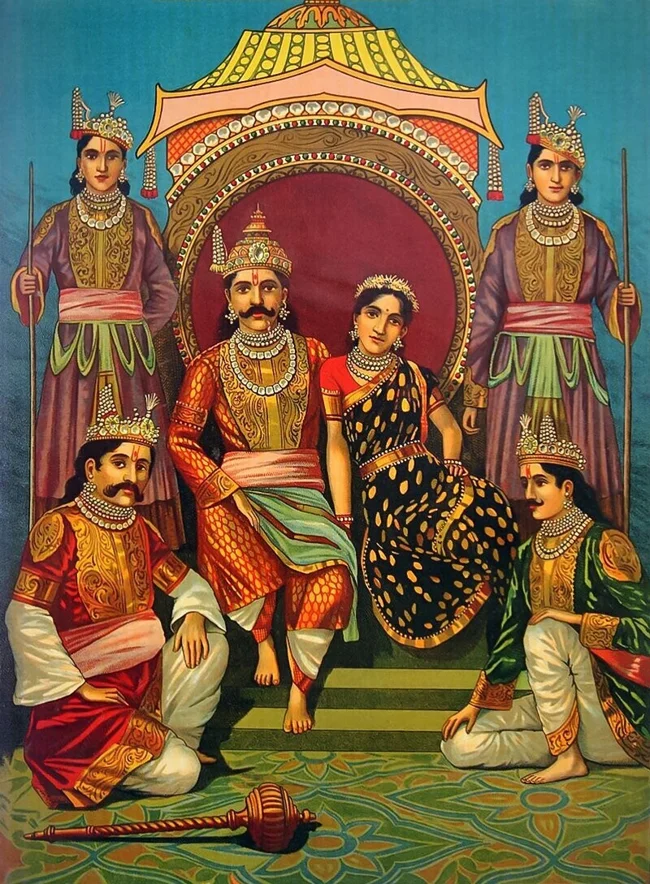
In the ancient Indian epic Mahabharata, Draupadi, the daughter of the Panchala king Drupada, was the common wife of the five Pandava brothers.
Men's harems are also mentioned in the history of ancient Media, a state that existed on the territory of modern Iran in the 7th-6th centuries. BC. According to the laws of this state, a woman was allowed to have several (no more than 4) husbands at the same time. 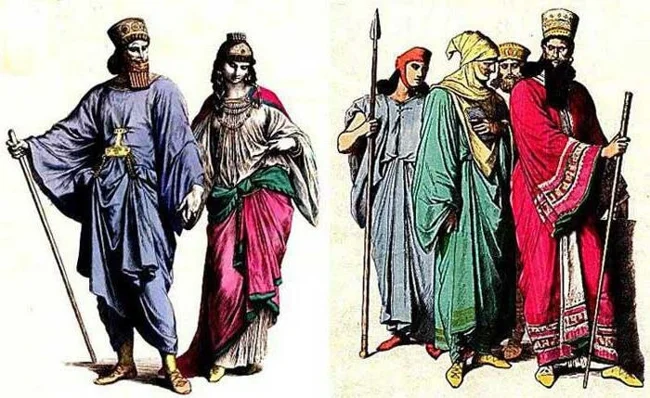
Residents of the ancient state of Media
And in the early medieval power of the Hephthalites, which in the 5th-7th centuries. was located on the territory of modern Central Asia, Afghanistan and Northern India, polyandry was not only generally accepted, but also a phenomenon legalized at the official level. A woman who had several husbands wore a special hat with horns, where the number of horns corresponded to the number of her legal spouses. 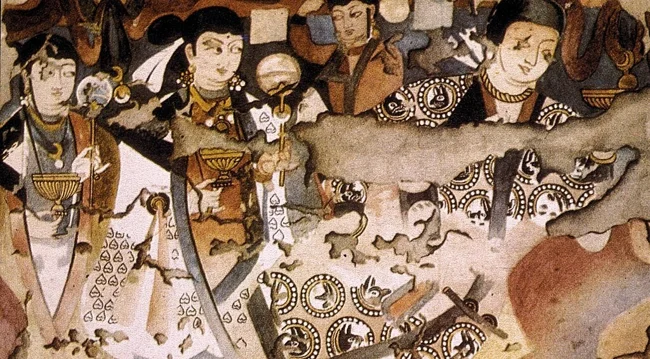
Hephthalites, fresco
There were male harems in Nigeria, especially in the north of the country in the Irigwe tribe. Women of this tribe traditionally had several spouses, who were called “in-laws.” Cases of polyandry were also found among the Maasai in Kenya and northern Tanzania, and women of the Polynesian tribes who lived on the islands of Oceania and were representatives of the ruling elite could boast of full-fledged male harems with all the ensuing consequences. 
Maasai tribe
By the way, polyandry was also common among the Guanches - residents of the Canary Islands. True, their history with male harems fell into oblivion exactly at the moment when this people was completely exterminated by the Spaniards. 
Guanches
So, today a woman dating several men at the same time is considered dissolute and even fallen. And in past centuries, such a practice was very common. And, it must be said, male harems were not always a necessity (although it was originally intended to be so). 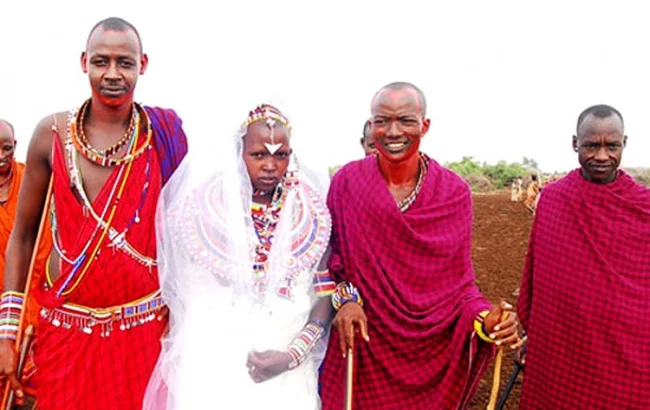
Polyandry in Africa

